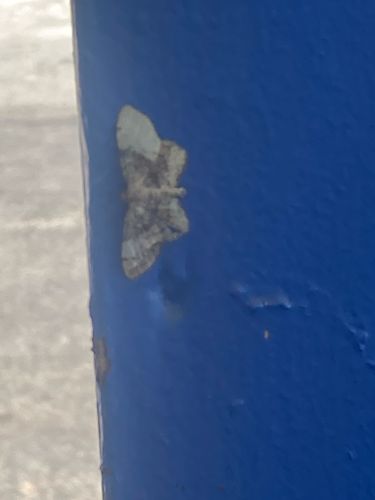Lichen Moth
Scientific Name: Lycomorpha pholus
Order & Family: Lepidoptera (Moths and Butterflies), Erebidae (Tiger Moths and Allies)
Size: Wingspan typically ranges from 25 to 35 mm (1 to 1.4 inches).

Natural Habitat
Found in various habitats where lichens grow, including woodlands, forests, rocky areas, and even urban environments on trees, rocks, and walls. They are often seen in sunny locations.
Diet & Feeding
Adult Lichen Moths primarily feed on nectar from flowers, particularly those with small, open blossoms. Their larvae (caterpillars) feed exclusively on lichens and sometimes algae.
Behavior Patterns
Lichen Moths are diurnal, meaning they are active during the day, which is unusual for most moths. They are known for their mimicry of net-winged beetles (family Lycidae), which are unpalatable to predators, deterring potential attackers. When disturbed, they may play dead or drop to the ground. They undergo complete metamorphosis with egg, larval, pupal, and adult stages.
Risks & Benefits
Lichen Moths pose no direct risks to humans or property. As pollinators, adult moths contribute to the reproduction of various plants. Their larvae, by feeding on lichens, play a role in the decomposition cycle. The presence of these moths can indirectly indicate a healthy and diverse lichen population in an ecosystem.
Identified on: 9/9/2025